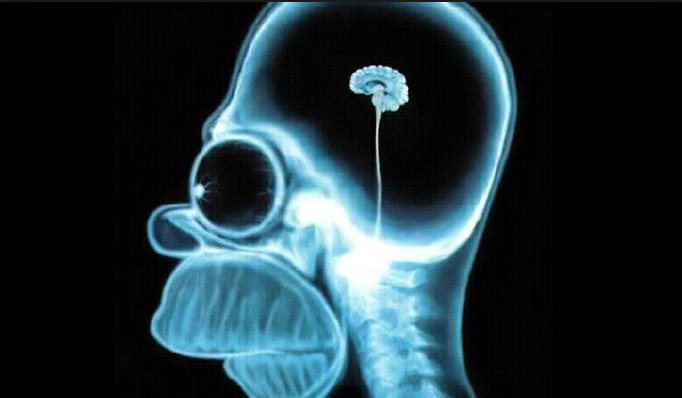Regulations ease but liability remains.
- There are signs that the regulatory environment for autonomous driving is coming together but the thorny issue of liability still needs to be solved before these vehicles make it onto the roads.
- The California Department of Motor Vehicles (DMV) has updated its guidelines for autonomous vehicles removing a regulation proposed 15 months ago that obviated half of the use case for self-driving cars (see here).
- The California DMV originally proposed a law that requires a person who is licenced to drive the vehicle to be present at all times while the vehicle is in motion.
- If this had become law it would have completely destroyed the promise of freedom for those that can’t drive, the promise of releasing parents who become taxi services for teenage children and any form of automated delivery service.
- On Friday, the California DMV altered this proposal in removing its requirement for a licenced driver to be present and also the requirement for conventional controls to be present.
- I think that this is significant as the California DNV serves as a yardstick for the rest of USA which is likely to be one of the first to deploy these vehicles.
- However, while regulators appear to have seen the light on autonomous driving, the issue of liability remains.
- I think that liability is the biggest problem that faces autonomous driving as sending an algorithm to prison is not a practical option.
- When an autonomous vehicle crashes (and they will), the question arises as to who is responsible for the crash.
- There are many potential answers to this question including:
- The driver: If the driver as was asleep at the time of the incident can he really be to blame?
- The current stance is to solve this problem by pushing all liability onto the driver.
- The problem with this is that it completely destroys the use case of a self-driving vehicle.
- Any driver who will be held liable for a death that results from software glitches in his vehicle is unlikely to take his hands of the wheel.
- The auto maker: This would instantly make the automotive industry one of the riskiest industries on the planet.
- Furthermore, many automakers will not create the entire system themselves.
- Cameras, silicon chips, software, servo motors and so on will come from third parties and if they fail, they have the potential to cause a crash.
- For most automakers writing software means creating hugely detailed specifications against which suppliers bid with the lowest winning.
- If part of the AI is written on the cheap and causes the car to crash, whose fault is it?
- The supplier: If the liability is to fall upon the supplier, then it is almost certain to claim that the auto maker didn’t install the software or component properly or otherwise made modifications that caused it to fail.
- This is one of the biggest problems when systems get complex is that there is a combinatory explosion of possible outcomes in any one scenario.
- It is clear that in any one fatal incident, the blame game has the potential to go on for years and there are likely to be fatal incidents on a daily basis. (35,092) people died in 2015 in road vehicle crashes in the US)
- Liability is the main reason why I continue to think that the technology for autonomous autos will be ready long before the market is ready to receive it.
- Many automakers have set a deadline of 2020 by when they expect to have a commercial offering in the market but I think that it is doubtful that these vehicles will leave the factories at that time.
- This is good news for the automotive industry which is notoriously slow to adapt to and implement new technology as it will have more time to defend its position against the new entrants.
- With things taking much longer than expected to come to fruition, I can see lots of ventures struggling to keep the lights on and being acquired by the larger, slower moving companies.
- I am sticking to my 2030 target for this becoming a real commercial reality.









Blog Comments
Petr Šrajer
March 13, 2017 at 2:49 pm
Dear Richard.
I can not understand why insurance companies are not involved in AC liability. This problem can be solved almost completely by insurance companies.
Petr
windsorr
March 13, 2017 at 6:25 pm
It can be solved by the insurance companies but the entire industry will have to be turned upside down to do it…That will take time not least in figuring out what to do..
Pang Chan Yip
March 14, 2017 at 5:58 am
I think vertically integrated companies that owns the entire chain will make the liability issue easier to handle. Eg. Waymo or Uber. Of the AV technology stack, the thing that Waymo or Uber don’t develop is probably only hardware. Hardware failures can be mitigated via designing redundancy.
Hence, AV will start from ride hailing first.
windsorr
March 17, 2017 at 12:00 pm
these guys are not nearly vertically integrated enough…what about sensors?….